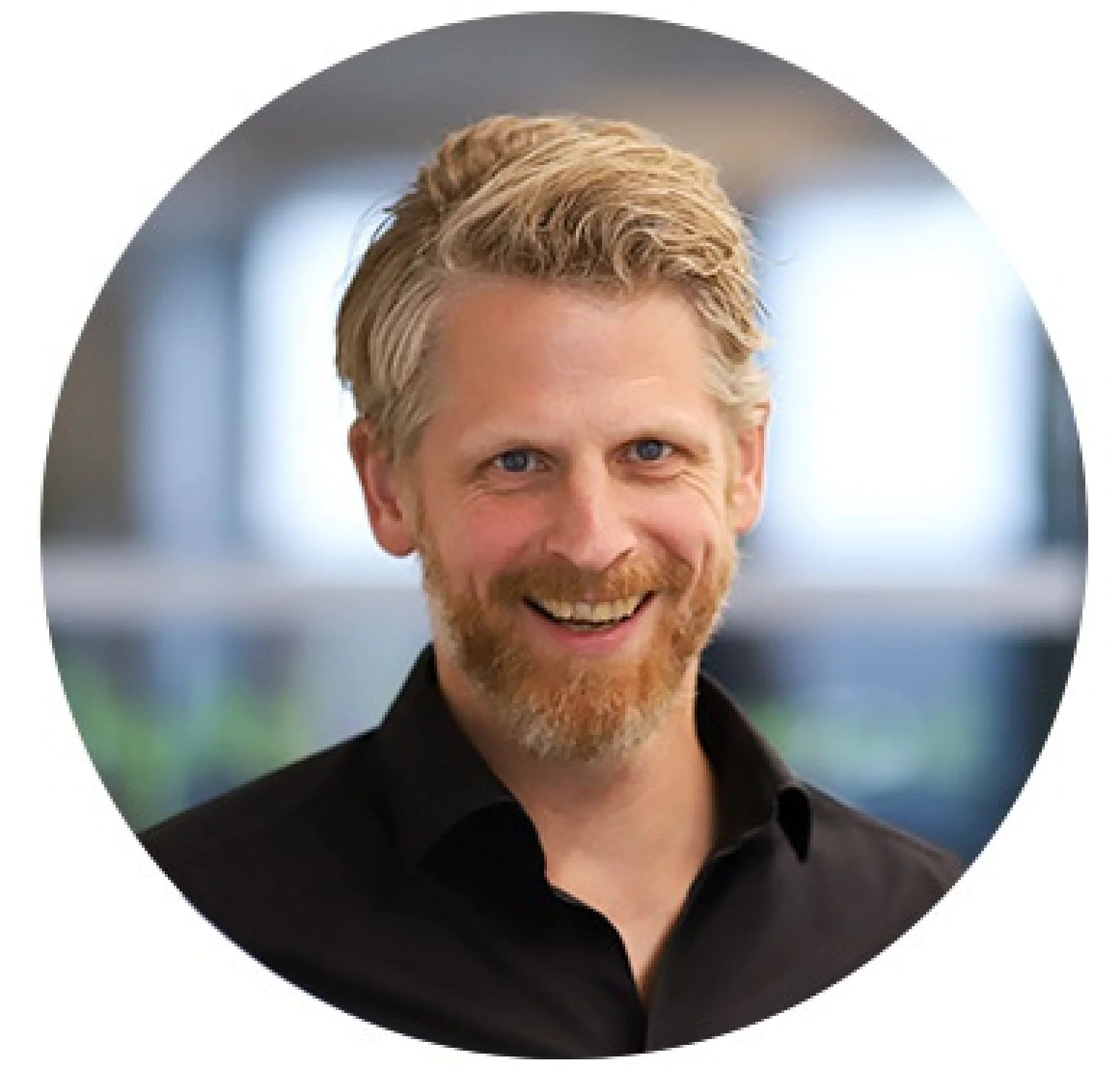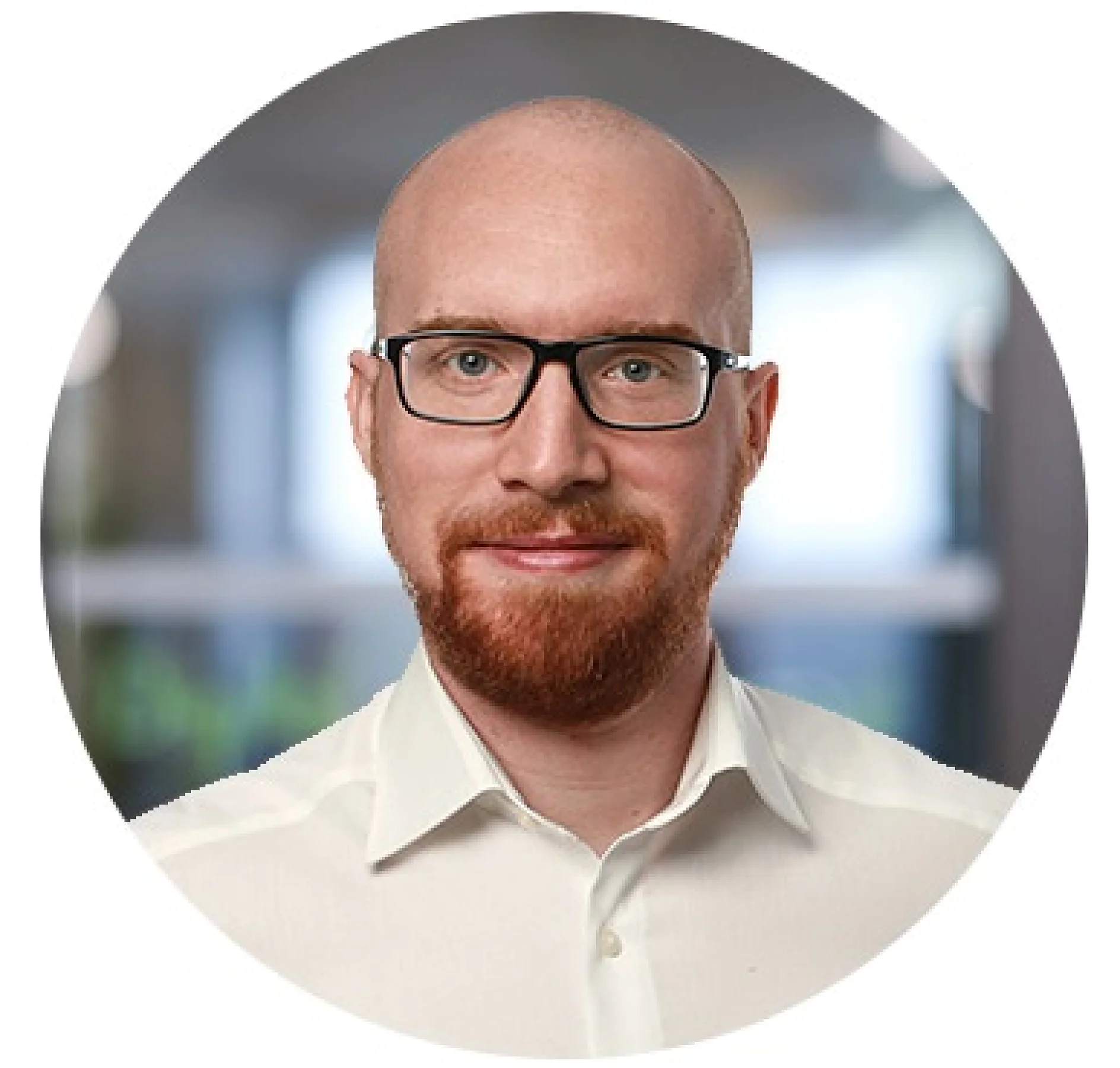Schartau: Currently, there is hardly a more polarising term. Some associate it with a new, relaxed form of working, with post-it notes, and bean bags. Others are tired of even hearing the word and are confused or frustrated because no one can tell them what to do – except that everything has to be different. One common misconception is that today everyone has to work an agile way.
Agility Requires a Change of Perspective
People
Our working world is changing rapidly: technologically, spatially, organisationally, and communicatively. The experts Thorsten Petersson and Johannes Schartau explain how the adhesive specialist tesa tackles this structural change and whether agile work is the key to the future.


The whole world is talking about "agility". What do people think about it?
What does “agile” really mean?
Schartau: First, it is a change of perspective. While traditional work structures aim to optimise efficiency and costs, “agility” revolves around flexibility and adaptability. The basic attitude is: We know very little and therefore need to learn quickly. Constantly integrating new information into processes is an essential agile feature. This also changes the definition of success: It’s not about fulfilling rigid plans but about achieving certain effects.
"Constantly integrating new information into processes is an essential agile feature."
Holisticon
This doesn’t really sound like typical German working culture …
Petersson: That’s certainly true. The German way is more safety-oriented and mostly organised in silos. In agile settings, as part of a small team, the individual employee takes on significantly more responsibility for the process. However, this only works if you’re not involved in 19 other projects.
Schartau: Furthermore, agility requires the joy of experimentation and the courage to make mistakes. In this regard, countries like the USA or the Netherlands are way ahead of us.
Since when, and why, is agile working a topic at tesa?
Petersson: The topic has been on the agenda for about two years and is reflected above all in our innovation initiative in the area of research and development and in our digital strategy. Background: Digitisation increases complexity and changes our environment so heavily and continuously that we need to adapt our work practices in order to remain innovative and competitive. It’s not just about using new methods, but above all about what attitude, culture and leadership we need for a forward-oriented way of working. Explicitly, this may then lead back to very practical issues: new room concepts, new software tools or organisational structures, new roles or models for co-operation. Today, much of this is often summarised under the term New Work.
Schartau: Exactly, speed increases via digitisation, everything is networked. You may notice that small companies can achieve big effects much faster because they are agile. As a big company, I must be able to respond to this potential threat. From my point of view, tesa is facing this challenge openly and consciously.
"Digitisation increases complexity and changes our environment so heavily and continuously that we need to adapt our work practices in order to remain innovative and competitive."
Digital Development Office tesa SE
Petersson: In some areas, we’re already strictly working in agile setups, for example in web development. In other areas, we approach agile principles and methods within so-called pilots. These are clearly defined experimental rooms where we want to learn when to use which set of methods and which organisational challenges must be solved along the way.
Schartau: Thereby, we might even find that it’s all about optimising established products or successful processes. Thus, I don’t have to tear anything down with an agile setting, since agility is not an end in itself!
Apparently, agility is particularly effective when there is high pressure for innovation.
Petersson: Yes, we’ve had that experience. Generally, it’s about quickly achieving measurable progress and learning more. Particularly in situations where you can outline the problem quite precisely, but don’t know much about possible solutions. Furthermore, we see that in terms of product innovation or development, closer interaction with customers and better internal cross-functional collaboration are needed. Agile approaches are ideal for these purposes.
Which agile methods are used?
Schartau: The most popular framework – also at tesa – is Scrum, followed by Kanban, and Lean Startup. Design Thinking works in a similar way but is not officially an agile method. Our job as internal consultants is to advise teams or departments when it comes to selecting the right method, which is always based on a precise problem analysis.
Thank you very much for your time!
Agile working has its origins in the "Manifesto for Agile Software Development" (2001). Over time, many methods have been established. An overview of three frequently-used methods.
1. Scrum
One of the most popular methods is Scrum, which originated in the IT sector. The framework is based on the approach that a project is not completely pre-planned from A to Z but runs in repeated feedback loops (Sprints). When a Sprint is over, the finished sub-product is delivered, checked and further developed in the next Sprint.
Further information: scrumguides.org (opens in a new window or tab) / scrum-master.de (opens in a new window or tab) / agiles-projektmanagement.org (opens in a new window or tab)
2. Kanban
"to do" – "in progress" – "done": These are the classic categories of Kanban (Japanese for: signal card), a method developed by the car manufacturer Toyota in the 1950s. The goal of the method – which is based on visualisation and is today used far beyond the limits of the automobile industry – is the optimal control of production processes. Even projects can be easily managed thanks to this approach, which is based on small steps.
Further information: projektmanagement-definitionen.de (opens in a new window or tab) / it-agile.de (opens in a new window or tab)
3. Lean Startup
This method revolves around the lean structure of a successful company (inside the company). By bringing the product or service to market early – referred to as Minimum Viable Product (MVP) – this method relies on shorter planning time and learning-by-doing. A prominent example is the creation of the company Dropbox.
Further information: gruenderkueche.de (opens in a new window or tab) / startplatz.de (opens in a new window or tab)